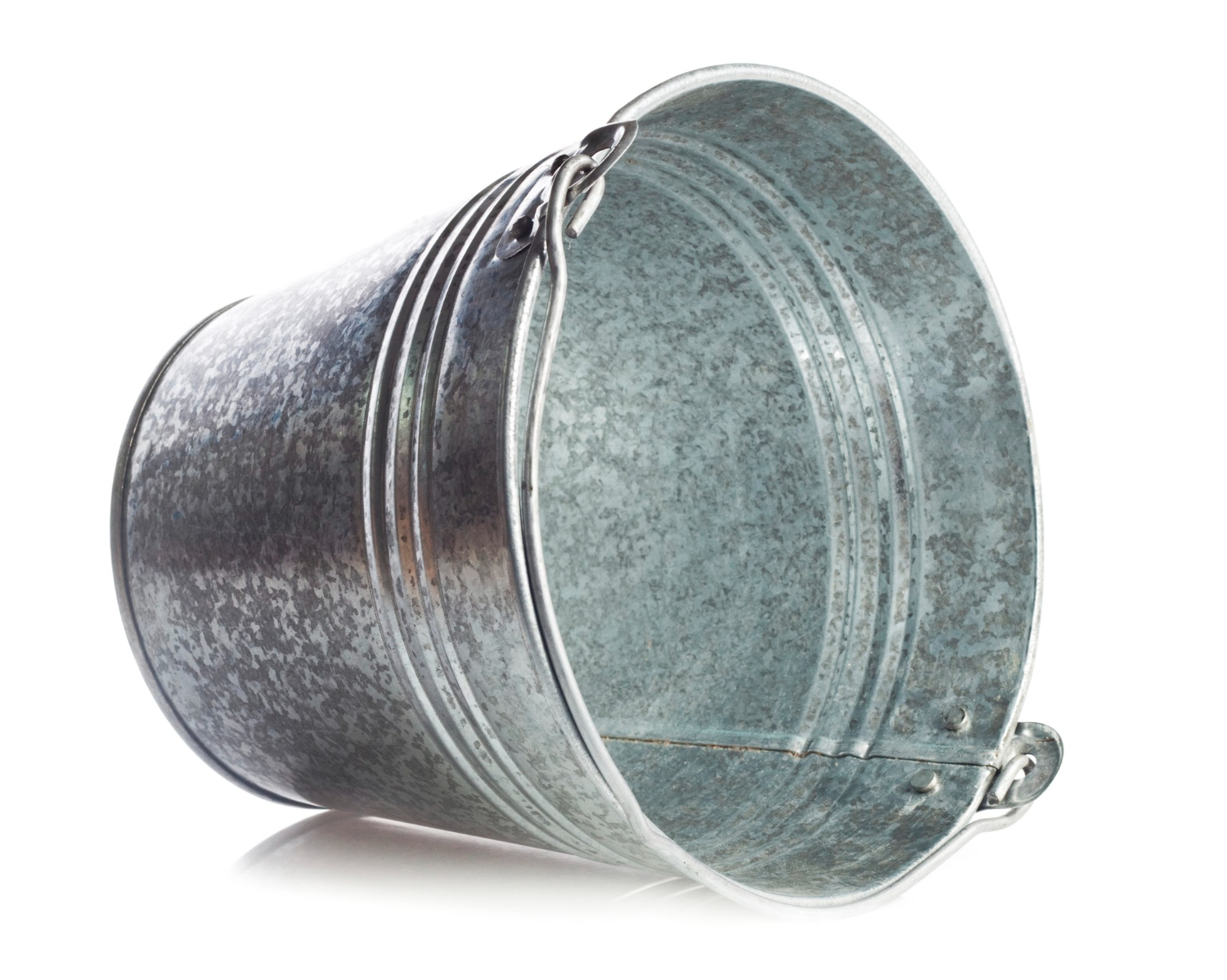Galvanized steel refers to steel coated or enhanced with another layer – zinc – to make it more durable and resistant to corrosion. Galvanized steel outperforms ordinary steel sheets, as it has another layer of protection. The process used for fabricating galvanized steel is called hot-dip galvanizing.
Hot-dip galvanization is accomplished by passing a stainless-steel sheet or rod across molten zinc. The molten zinc is heated to an extreme temperature, allowing the second metal to effectively bond with the stainless steel surface. The moment the molten zinc is exposed to oxygen, it transforms chemically to zinc oxide.
The layer is then exposed to carbon dioxide and transforms for the second time to zinc bicarbonate. This is the final form of zinc that manufacturers need to galvanize the stainless steel fully. The resulting zinc bicarbonate can shield the stainless steel from corrosion and adds the excellent protective layer that other industries need.
Galvanized steel has enjoyed widespread popularity in various industries because of its durability and appearance. It combines the natural durability of stainless steel and the corrosion resistance of the additional layer of zinc. Any product that uses galvanized steel will be long-lasting and easily outlast equivalent products made from lower-quality alloys.
Is Galvanized Steel Safe for Food Storage?
As of this writing, the US Food and Drug Administration has already approved the use of galvanized steel for food contact products such as food containers, glasses, tumblers, etc. Galvanized steel is now used in various applications, such as the fabrication of food storage and conveyance products and food preparation products.
The only downside to using anything with galvanized steel is that it must not be used thoroughly for beverages or highly acidic food items. The zinc layer of the galvanized steel will likely react to the acidic substances. Furthermore, any acidic products will probably attack the zinc layer, leading to accelerated corrosion.
This is the reason why recipe sites always advise people to never prepare their salads with acidic dressings in stainless steel bowls and similar containers, precisely because these preparations can result in the corrosion of the container.
Furthermore, the interaction between the surface of the galvanized steel and the food will likely cause unsavory changes in the flavor of the food. The interaction between zinc and acid might ruin the taste of the food. So, to be safe, don’t do it.
Is Galvanized Steel Good for Kitchen?
The current state of the art has produced galvanized steel products that are now more resistant to heat and chemical reactions with food. High-quality steel products used in the kitchen are naturally protected by the galvanization process and do not require any maintenance for an extended period.
You can be assured that it will take years before your galvanized steel containers, pots, pans, and appliances will require any form of maintenance. Many manufacturing processes are designed to provide the final products with sufficient surface protection that will last for the product’s lifetime.
Among the most popular products made from galvanized steel include meat hooks, coolers, countertops, cooling racks or coolers, and food storage racks. Galvanized steel is also widely used in food production facilities and various types of farms. Chicken coops, dairy storage canisters, and various other tools and conveyance products are mostly made of galvanized steel, too.
Galvanized steel is stable, durable, and waterproof, primarily to physical stresses and weather. Whether the production facility is in a temperate or tropical zone, galvanized steel doesn’t care. It will merely maintain its durability and structure, and its rust resistance will hold up as long as the zinc coating is not damaged substantially. However, do not confuse the process with another coating process that improves the appearance or provides additional support for specific products. For example, you may find pots and pans with separate enamel layers to strengthen the cookware’s nonstick capability.
Is Galvanized Steel Toxic?
As discussed previously, modern manufacturing processes prevent the direct interaction between steel and food or food products. However, if the questions revolve around the fundamental toxicity of galvanized steel, then the answer would still be no, it’s not toxic.
Assuming that all conditions are ideal and there is no corrosion taking place, there is no reason for the steel to become contaminated after use. People globally use stainless steel pans and pots daily in high heat conditions, and they are not poisoned.
We interact with metals daily, including cast iron kettles and pans, and toxicity is very minimal or virtually nonexistent. Perhaps what brings the worries around is that galvanized steel has zinc content, and the galvanization process exposes people somewhat to zinc.
If you want to keep things completely safe, follow the guidelines on the proper usage of galvanized food containers and beverage holders. Never tempt fate and keep those acidic food items and beverages well away from your galvanized containers.
Many people don’t know that when an acidic substance interacts with the zinc coating, the zinc may be liberated (essentially, it will escape and combine with the caustic substance), and ingesting the reaction may result in mind symptoms of zinc overdose. However, the symptoms are very mild.
The toxicity that you can get from a potential acidic interaction with a galvanized steel container poses almost no health risk compared to what a smoker experiences when he smokes a stick of tobacco.
Note that not every container on the market made of stainless steel is specifically galvanized steel. So be wary of just buying cheap containers supposedly made of galvanized steel but aren’t. The price of the container has a lot to do with how the metal was fabricated in the first place.

